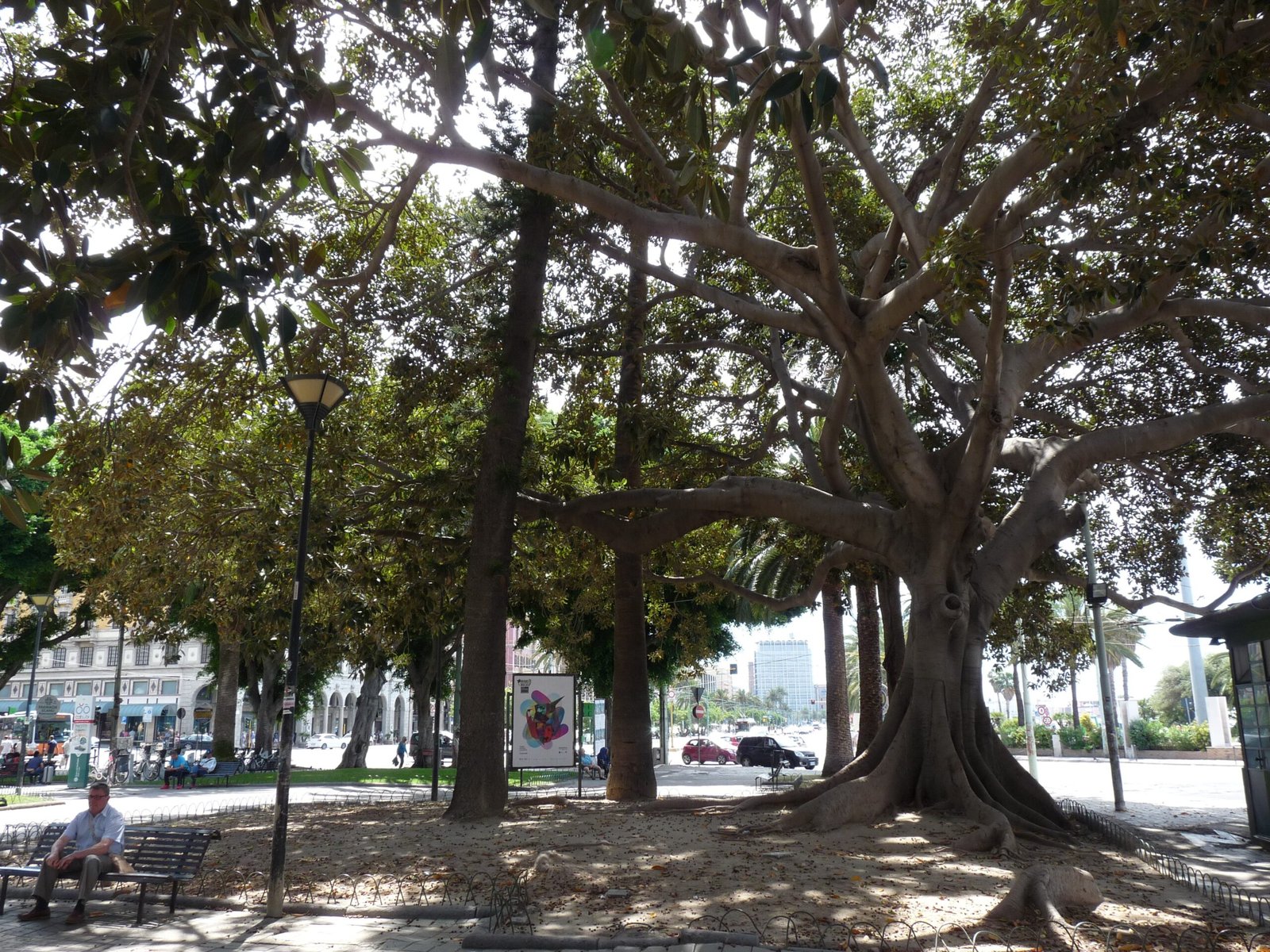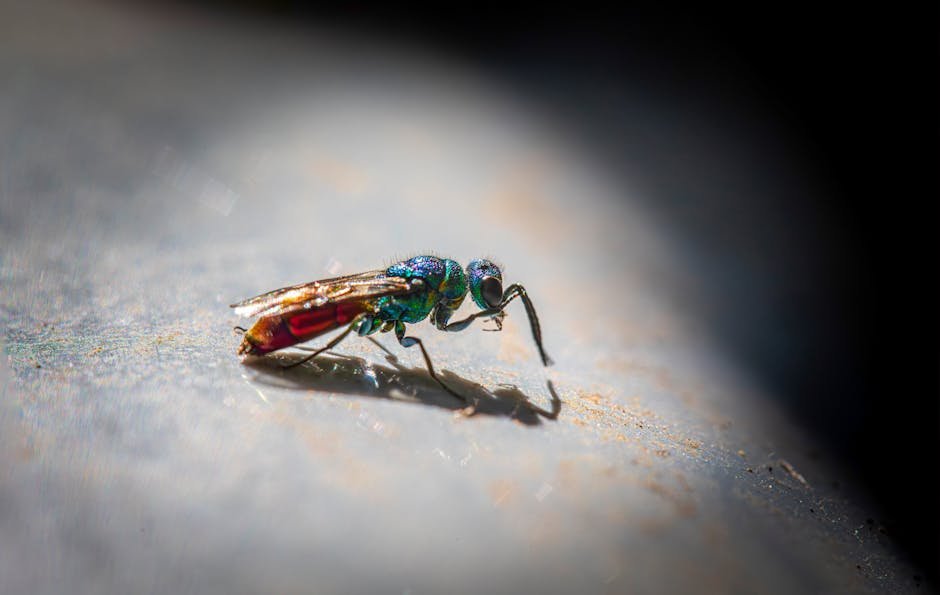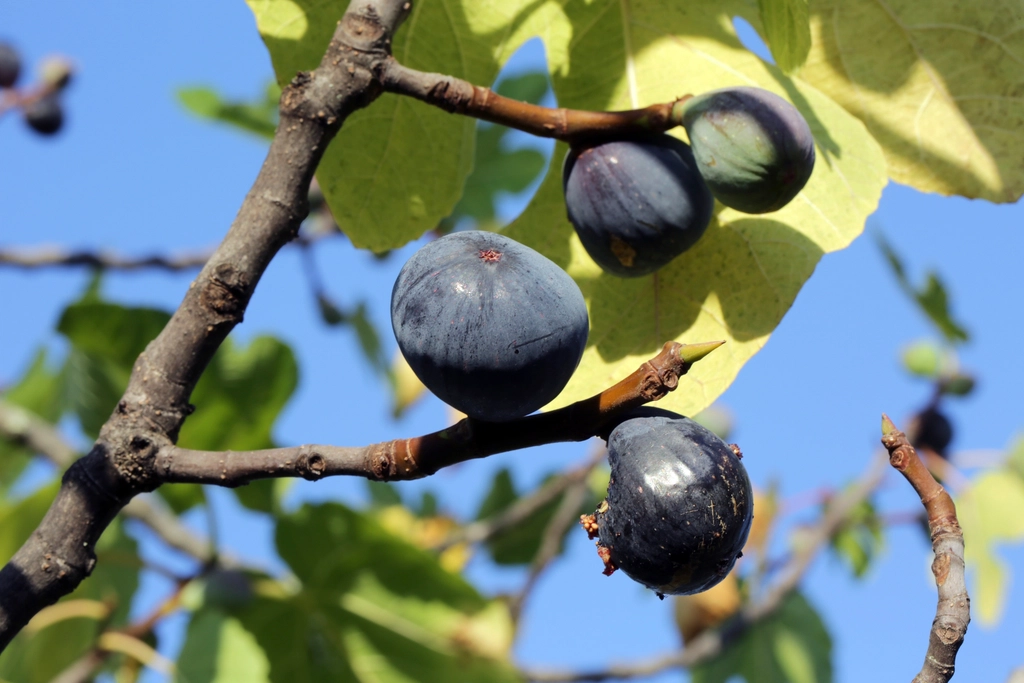The intricate dance between fig trees and tiny wasps is a marvel of nature that has captivated scientists and nature lovers alike. This unique partnership has survived the test of time, evolving over 80 million years to become one of the most fascinating examples of mutualism in the natural world. Imagine a relationship where two seemingly disparate organisms rely on each other for survival, each playing a crucial role in the other’s life cycle. This isn’t just a tale of survival but rather a testament to the power of cooperation and the delicate balance of ecosystems.
The Fig Tree: A Pillar of Biodiversity

Fig trees are more than just fruit-bearing plants; they are keystones in their ecosystems. These trees provide food and shelter for countless species, including birds, mammals, and insects. Their fruits, rich in nutrients, are vital for many animals during times of scarcity. The fig tree’s ability to produce fruit year-round makes it a reliable food source, ensuring the survival of species even in the leanest months. This consistency has made fig trees indispensable in tropical forests, contributing significantly to biodiversity and ecological stability.
The Tiny Heroes: Wasps in the Spotlight

At the heart of this ancient alliance lies the tiny fig wasp, a creature whose size belies its importance. These wasps are essential for the pollination of fig trees, a task they have perfected over millions of years. Despite their diminutive size, fig wasps exhibit remarkable behavior and precision. Their entire lifecycle is intertwined with that of the fig tree, showcasing a perfect example of symbiosis. Without these industrious pollinators, fig trees would struggle to reproduce, highlighting the wasps’ crucial role in this natural partnership.
The Intriguing Pollination Process

The pollination process between fig trees and wasps is a complex and captivating affair. Female wasps enter the fig through a small opening, sacrificing their wings in the process. Inside, they lay their eggs and, in doing so, transfer pollen collected from the fig they emerged from. This ensures the continuation of both wasp and fig populations. The intricate structure of the fig provides a safe haven for the wasp’s offspring, while the tree benefits from successful pollination. This mutual exchange is a fine-tuned dance, honed over millions of years.
Life Inside a Fig: A World Within a World

Inside a fig, life thrives in a miniature ecosystem. The fig provides a protective environment for the developing wasp larvae, which feed on the fig’s tissues without causing harm. As the larvae grow, they contribute to the fig’s internal environment, maintaining a balance that benefits both parties. This hidden world is a microcosm of the larger ecosystem, illustrating the interconnectedness of life. The fig’s role as both a nursery and a food source highlights its importance in sustaining this delicate alliance.
The Evolutionary Journey: A Tale of Adaptation

The relationship between fig trees and wasps is a testament to the power of evolution. Over millions of years, both organisms have adapted to each other’s needs, refining their interactions to ensure mutual success. This evolutionary journey has resulted in a partnership that is both resilient and efficient, capable of withstanding environmental changes. The adaptations seen in both figs and wasps underscore the dynamic nature of evolution, illustrating how species can thrive through cooperation and mutual benefit.
Geographical Diversity: A Global Phenomenon

The fig-wasp alliance is not confined to a single region but spans the globe. From the rainforests of South America to the woodlands of Africa, this partnership can be found in diverse ecosystems. Each region hosts its own unique species of fig and wasp, showcasing the adaptability and diversity of this relationship. This geographical spread highlights the universal appeal and success of the fig-wasp alliance, demonstrating its ability to transcend ecological and geographical boundaries.
Challenges to the Ancient Alliance
Despite its longevity, the fig-wasp alliance faces modern challenges. Deforestation, climate change, and habitat loss threaten the delicate balance that has sustained this partnership for millions of years. As human activities reshape the landscape, fig trees and wasps must navigate these new pressures. Conservation efforts are critical to preserving these interactions, ensuring that future generations can witness the wonder of this ancient alliance. Protecting fig trees and their habitats is essential for maintaining the biodiversity they support.
The Role of Research in Understanding the Alliance

Scientific research plays a crucial role in unraveling the mysteries of the fig-wasp relationship. Studies have shed light on the complex behaviors and interactions that define this partnership, providing insights into the mechanisms that sustain it. By understanding the intricacies of this alliance, researchers can develop strategies to protect and conserve it. Continued research is vital for uncovering the secrets of this ancient relationship and ensuring its survival in a rapidly changing world.
The Broader Implications of the Fig-Wasp Partnership
The fig-wasp alliance offers valuable lessons for understanding ecological relationships and the importance of biodiversity. It demonstrates the interconnectedness of life and the role that cooperation plays in sustaining ecosystems. This partnership serves as a reminder of the delicate balance that exists in nature and the need to protect and preserve it. By studying this ancient alliance, we gain insights into the broader workings of the natural world and the importance of maintaining biodiversity for the health of our planet.
The Enduring Legacy of an Ancient Partnership
The fig-wasp alliance stands as a testament to the resilience and adaptability of nature. Over 80 million years, this partnership has thrived, illustrating the power of cooperation and mutual benefit. As we continue to explore and understand this relationship, we are reminded of the beauty and complexity of the natural world. The fig-wasp alliance serves as an enduring symbol of the intricate connections that sustain life on Earth, inspiring us to cherish and protect the ecosystems that support us all.



